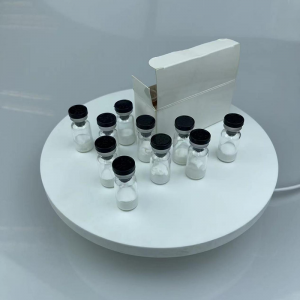Oxytocin 2mg 5mg Vials Door to Door Service
What are injectable Oxytocin ?
Oxytocin (Oxt or OT) is a peptide hormone and neuropeptide normally produced in the hypothalamus and released by the posterior pituitary.
Oxytoci useful:
Present in animals since early stages of evolution, in humans it plays roles in behavior that include social bonding, reproduction, childbirth, and the period after childbirth. Oxytocin is released into the bloodstream as a hormone in response to sexual activity and during labour. It is also available in pharmaceutical form. In either form, oxytocin stimulates uterine contractions to speed up the process of childbirth. In its natural form, it also plays a role in maternal bonding and milk production.Production and secretion of oxytocin is controlled by a positive feedback mechanism, where its initial release stimulates production and release of further oxytocin. For example, when oxytocin is released during a contraction of the uterus at the start of childbirth, this stimulates production and release of more oxytocin and an increase in the intensity and frequency of contractions. This process compounds in intensity and frequency and continues until the triggering activity ceases. A similar process takes place during lactation and during sexual activity.
WhatsApp+8617367732028
| jintropin | hygetropin | AOD9604 | Hcg | HGH fragment | CJC-1295 |
| TB-500 | BPC-157 | PT-141 | Retatrutide | semaglutide | Tirzepatide |
| CHRP-2 | CHRP-6 | Melanotanll | peg-mgf | oxytocin | lpamorelin |
| MGF | DSIP | Sermorelin | Hexarelin | Gonadorelin | Selank |
| Epithalon | Tesamorelin | Triptorelin | igf lr3 | follistin 344 | GHK-CU |
| dihexa | adipotide | Kisspeptin | semax | MOTS-C | NAD |










